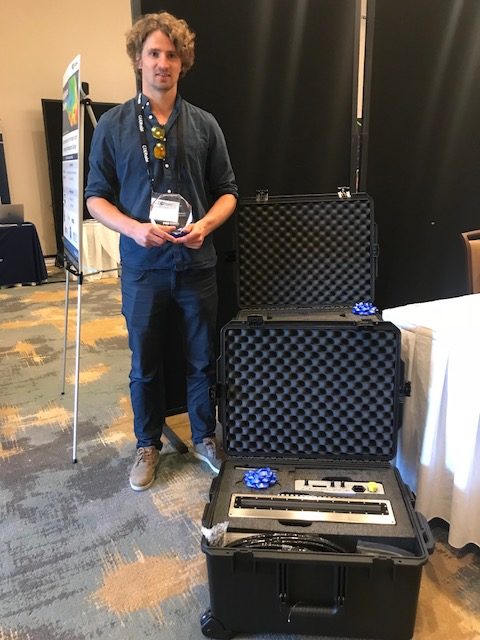Case Studies
TU Delft
Gathering Insights from the 2017 Multispectral Challenge
Research
Introduction to the 2017 Multispectral Challenge
In 2017, a challenge was issued to researchers and scientists to uncover new scientific insights in bottom characterization using its proprietary multi-frequency technology. The 2017 Multispectral Challenge provided competitors with hands-on access to this technology to develop algorithms that could determine bottom type based on multi-spectrum data.

Timo Gaida's Winning Solution and Multispectral System for Greater Clarity
Timo Gaida from Delft University of Technology was awarded first place in the challenge after submitting an algorithm that could robustly and repeatedly determine bottom type based on multi-spectrum data. Gaida used the Sonic 2026 multispectral system to analyze data from the Bedford Basin in Canada's Atlantic coast. He noted that using multispectral technology allowed for deploying beams at the same angle at the same location, which is more or less impossible when running several lines. Furthermore, using multispectral technology provides greater clarity and information relative to using only one frequency.
The Benefits of Multibeam Technology
Gaida also noted the benefits of using the Sonic 2026 system in terms of time-saving and user-friendliness. Without the multibeam, it would not have been possible for Gaida to complete the survey within the time frame provided. Additionally, the surveyor itself has more options for playing around with the data, making it easier to understand how the processing happens.

